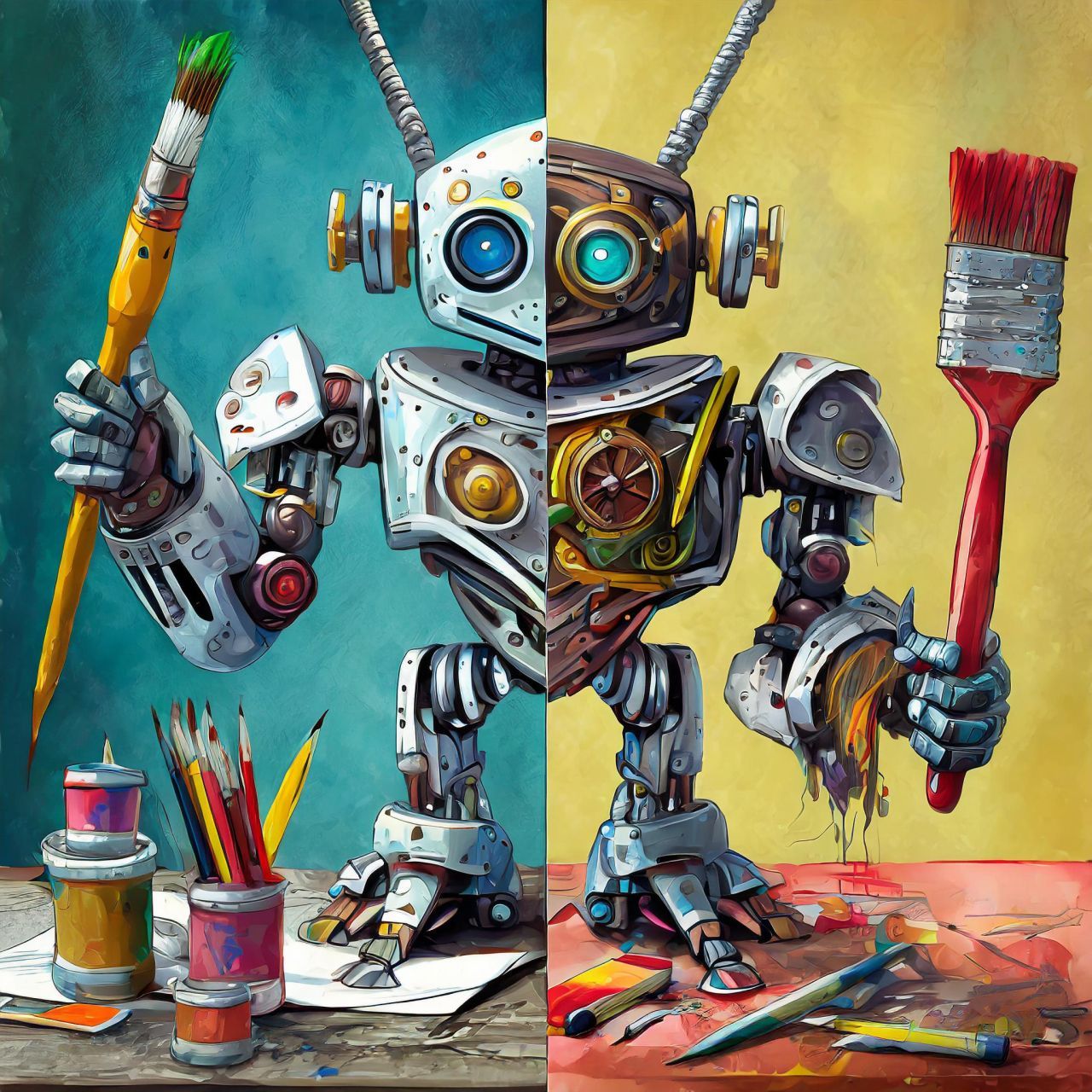We’re witnessing a remarkable shift toward prioritizing ideas over production and execution, marking a significant milestone in the evolution of creativity. While some may hesitate at this transition, it’s undeniable that everyone can now create content. While this may sometimes lead to diluted quality and lower design standards, there are numerous upsides to this new era of creative empowerment.
Did you know the global AI market is valued at over $136 billion? And it’s projected to soar to an astounding $1.81 trillion by 2030, representing a remarkable 13x growth over the next decade. It’s clear that the future of creativity is intertwined with AI innovation, and recent developments like the Adobe Express beta are emblematic of this trend. Designed to cater to small businesses, influencers, and content creators on the go, tools like Adobe Express are revolutionizing the creative landscape.
In our rapidly evolving AI-driven world, competition among Generative AI developers is heating up. Leading players like Canva, ChatGPT-powered text creation, Sora, Adobe Firefly, and Grammarly are transforming the creative process with their innovative solutions. IBM’s integration of Firefly into its 2023 “Let’s Create” campaign is a prime example of the transformative power of AI. By leveraging simple text prompts, IBM generated 200 unique advertising assets and over 1,000 marketing variations in moments, achieving remarkable engagement rates and reaching highly valued audiences.
While the benefits of generative AI are undeniable, it’s crucial to acknowledge and address its potential drawbacks, including inappropriate outputs, model biases, and the risk of over-reliance. Nevertheless, adopting generative AI is no longer a choice—staying competitive in today’s creative landscape is necessary. We’d love to hear your thoughts! Do you agree? What generative AI tools are you using that we haven’t mentioned? Join the conversation, and let’s explore the future of creativity together! 🚀
